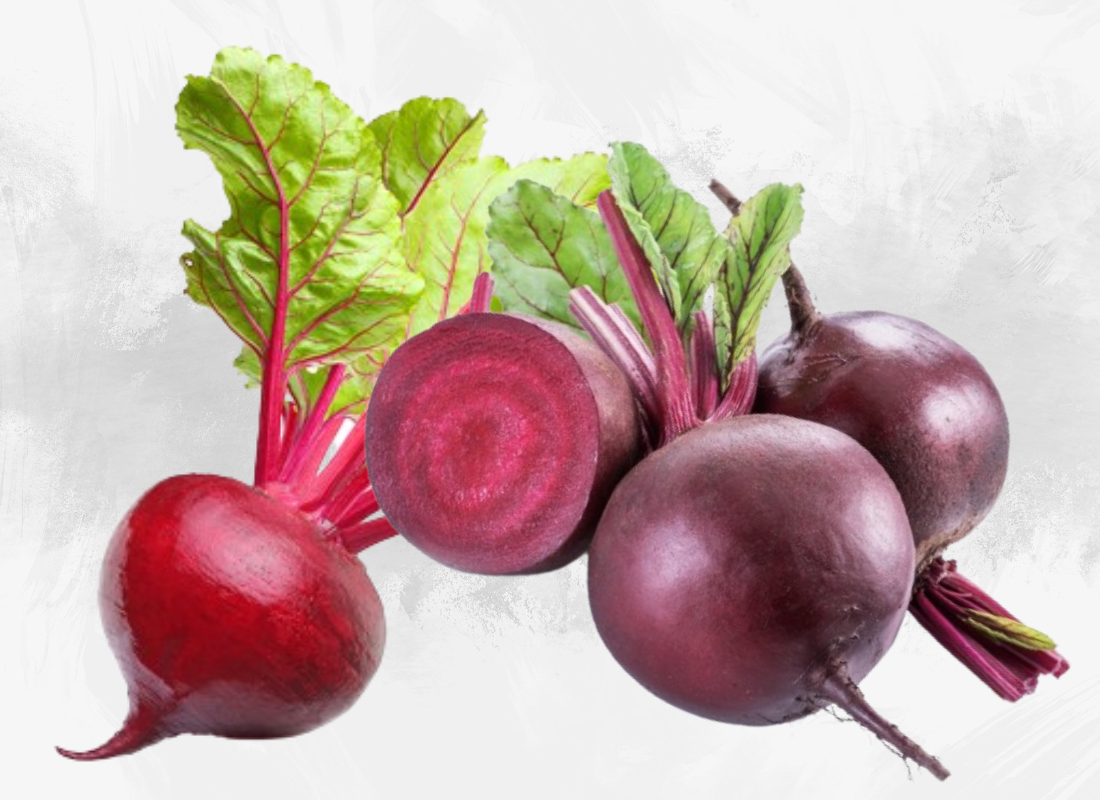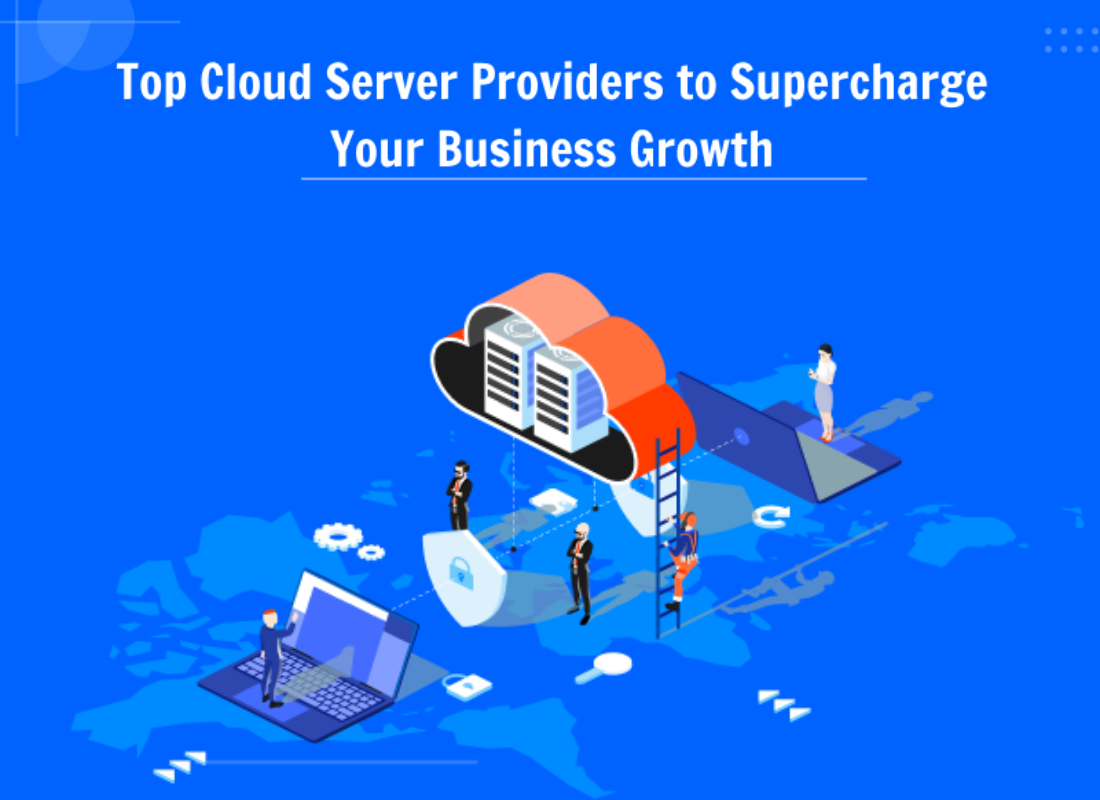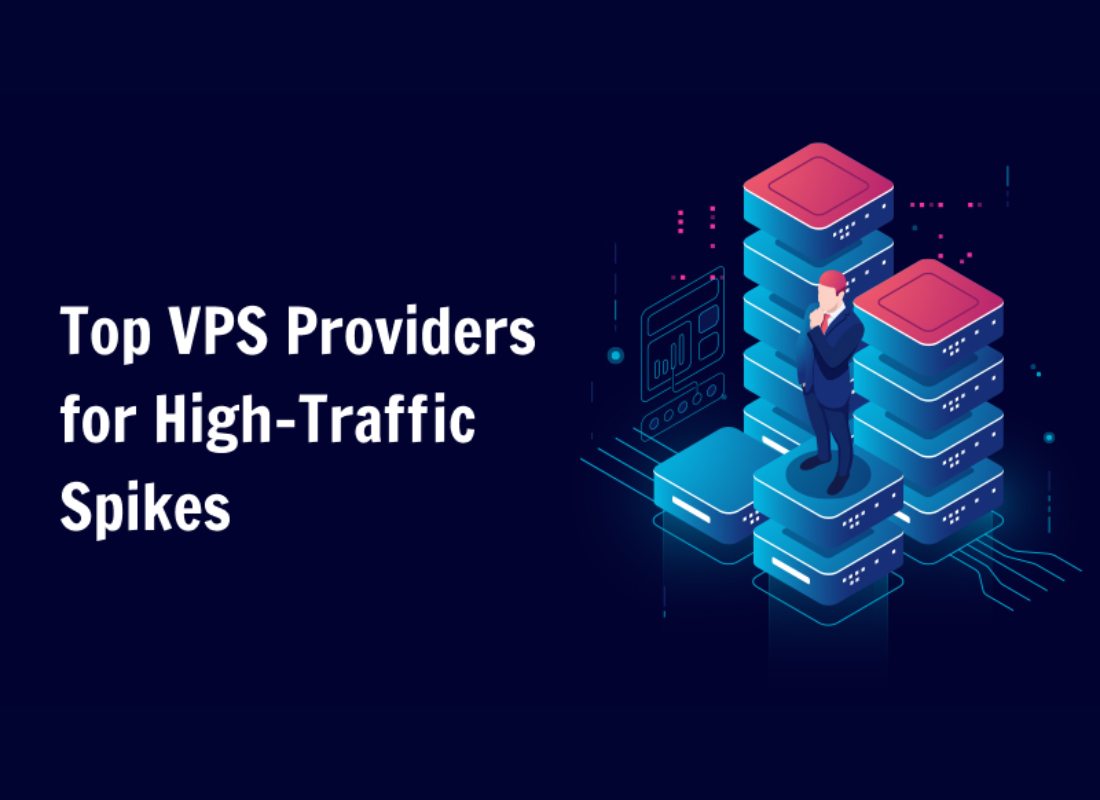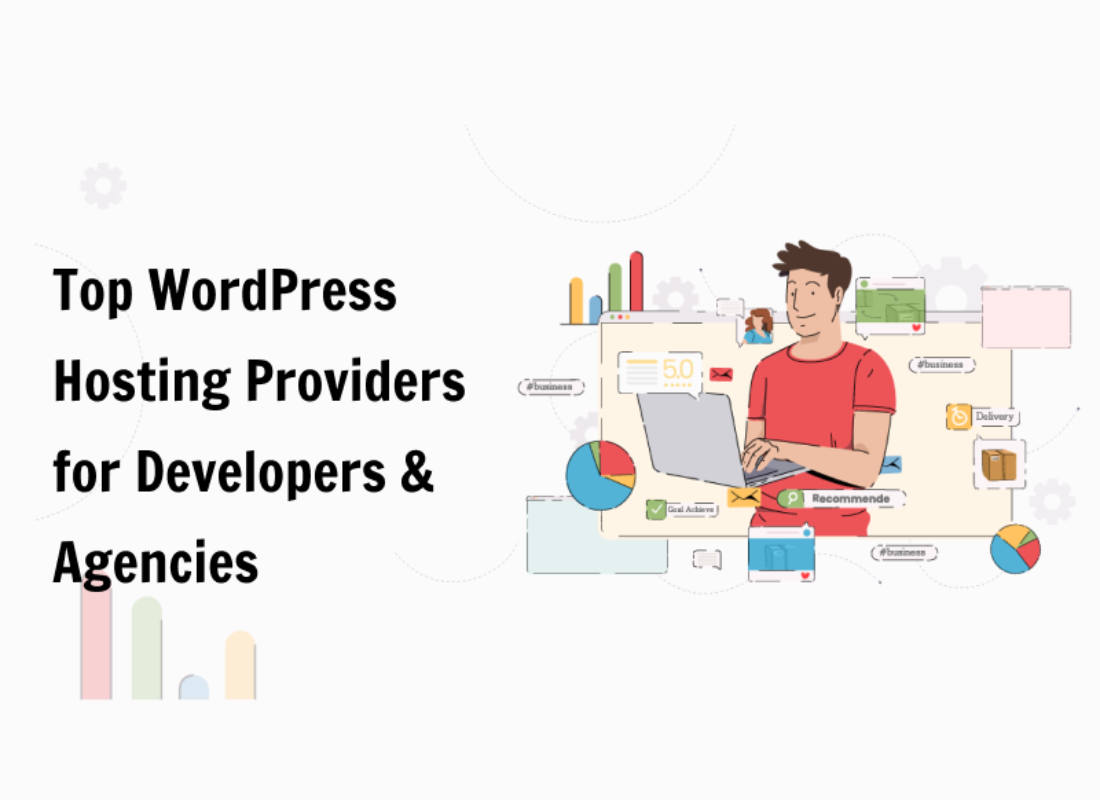Basically, crafting a high-converting landing page design is not rocket science. However, creating an effective web page involves more than simply designing something that “looks good.” Also, giving customers what they want definitely takes some research. So, how can you demystify the process and unleash your pages to the amazement of the watching world?
Well, keep reading, and we’ll try to boil down everything that there’s for you to know. But, before we start, it’s important to note that there’s no standard manual for a perfect landing page creation. You might be in search of a straightforward, step-by-step guide to putting together a foolproof design. And it would be great if that existed!
Sadly, there’s no one-size-fits-all instruction book for creating a high-converting landing page. However, there are a few landing page best practices you should consider when creating your own. A quality landing page allows a web visitor or content consumer to land on it straight away. And, in the marketing realm, it’s usually a standalone page, distinct from others.
It’s a unique web tool that serves a single and focused purpose. A landing page is a follow-up to any promises that you’ve made in your content. Essentially, it’s the next step toward a visitor becoming a customer. Your landing page lets you make a trade, some sort of special offer, a piece of information, or a deal, in return for providing contact information.
What A Landing Page Design Is All About
A great Landing Page Design in online digital marketing terms is all about a standalone web-based content page, created specifically for the purposes of a marketing or advertising campaign. It’s where a visitor “lands” when they have clicked on a Google AdWords ad or similar. Simply put, a landing page is the first page you land on after you click on a link.
In this sense, a landing page could be almost anything as long as it has an actionable button link and a target URL for the website. From your website homepage, blog posts page, products page, lead capture page, etc. However, as simple as this definition is, when we talk about ‘landing pages’ in online marketing, it usually means a custom-specific web page(s).
Particularly, designed to receive and convert traffic from an online marketing campaign. Landing pages are designed with a single focused objective – a Call To Action (CTA) to be precise. This simplicity is what makes landing pages the best option for lowering the CPA cost to acquire leads or sales and increase the conversion rates of your Google AdWords campaigns.
A fundamental aspect of the conversion-centered design is a message match, which is the ability of your landing page to accurately reflect the messaging presented on the upstream ad. Most visitors are very impatient and will leave your site within a few seconds of arrival if you don’t reinforce their mission with a matching headline and purpose (quickly and clearly).
Why Should You Use A Landing Page?
The short answer is that a great landing page design will help increase your conversion rates and lower the acquisition cost of generating leads or sales at a high scale. The main reason for this is that targeted promotion or product-specific landing pages are focused on a single objective. That matches the intent of the ad that your visitors clicked on to reach your page.
Similarly, as per WSI World, landing pages can be click-through, leading to another page such as your e-commerce site, or lead generation based. Lead generation landing pages typically offer items like an eBook, free trial, contest entry, or webinar registration in return for the submission of contact information. A good landing page will do its job quite so well.
Especially, by convincing a potential customer that it’s worth it to provide personal details in return in exchange for whatever you have to offer. Landing pages can be found through a general SERPs search or even through your very own company website. Whilst, as a result, increasing the likelihood that a potential customer will end up there.
Related Topic: Website Ranking on Page One | How do you Get Started?
If you consider the example of sending traffic to your homepage vs. a standalone landing page, you can understand that your homepage is designed with a more general purpose in mind. It speaks more to your overall brand and corporate values and is typically loaded with links and navigation to other areas of your site.
Every link on your page that doesn’t represent your conversion goal is a distraction that will dilute your message and reduce your conversion rate. Of course, there’s no need to have just one landing page or even just one landing page at a time. In fact, experts in the marketing world probably suggest that you maintain multiple landing pages.
Specifically, targeted segmented customer populations. Having fewer links on your landing page has been proven to increase conversion rates when it comes to paid advertising. Because after all, there are fewer available distractions. And also, which is why expert marketers doing paid ads always use a dedicated standalone page as the destination of their ad traffic.
A Homepage Vs A Landing Page
While the homepage has dozens of potential distractions — you can basically call ’em “leaks” instead of links — the landing page is super focused. Consider the following diagram, which shows a homepage and a landing page.
Whereby, the orange areas on each diagram represent links on the page. As you can see, the Homepage (on the left) has 43 links, and the landing page (on the right) has only 1.
Having fewer links on your landing page increases conversions, as there are fewer tantalizing clickables that’ll carry visitors away from the call to action. That’s why expert marketers and web tech experts such as ourselves always use a dedicated and strategic landing page design plan as the destination key to acquiring more traffic for their business websites.
For sure, the homepage looks amazing. It shows off the brand, lets people explore a range of products, and offers additional info about the company and its values. From here, a visitor can go anywhere—apply for a job, read some press releases, review the terms of service, post on the community boards, etc.
Lead Generation Plus Click-Through Landing Page Design Types
The landing page for this customer serves a completely different purpose. Paired with super slick ads that promote a single offer, everything about it works hard to turn these visitors into customers. It’s doing a better job to convert the traffic the brand’s already getting. That’s the power of landing pages! There are two basic structural types of landing pages.
On one hand, lead generation landing pages (sometimes referred to as lead gen or lead capture pages) use a web form as the Call to Action. Especially, for the purpose of collecting lead data such as names and email addresses. This is the primary type of landing page used for B2B marketing. While, on the other hand, we’ve got click-through landing pages too.
Typically, these click-through landing pages are used for e-commerce and have a simple button as the Call to Action.
The diagrams above show the difference between a lead-gen landing page and a click-through landing page. To gather more, you can check out the key landing page design elements that you can consider utilizing in your next project. But, it’s also good to fully understand the difference between a landing page, and the other pages on your website.
Such as your homepage, other main web pages, blog post pages, etc. It’s also important to consider certain aspects such as the differences between organic search traffic and paid search traffic before you begin marketing your landing pages too. Having said that, let’s consider the following basic needs of quality and strategic landing page design plan for any website.
1. Framework
To begin with, an effective marketing campaign framework is important to every webmaster out there. In a perfect world, conversions would flow like fresh spring water. But in real life, you need to guide your visitors toward a single call to action.
Particularly, with a combination of persuasive design and psychological triggers. Using the Conversion-Centered Design (CCD) principles, you can learn how to create — and optimize for — delightful, high-converting marketing campaigns. But, what’s inside these marketing campaigns really? Well, you can click on this link to learn more in elaborate detail.
2. Attention
Squirrels are jerks! They are bad for conversion. They’re the bright, shiny objects that make dogs run in the wrong direction. And what made me write this wholly unimportant sentence that you’re reading right now? Eventually, this is what we call ”Attention”. This is what’s happening to you right now: And you’re experiencing diversion or misdirection.
So to say, my rambling has diminished your ability to comprehend what my point is. As a result, you’re increasingly likely to stop reading and bugger off to a place that’s less demanding of your brain cells. This is the impact that a poor Attention Ratio has on your landing page’s performance. But, “What is Attention Ratio?” you ask. Good question our friend!
3. Context
In the first section, we learned how landing pages help secure more conversions from your campaigns because they have an Attention Ratio of 1:1. But, landing pages are also key to creating targeted web-based pages as well.
More so, pages that provide better context for users — the second principle. Are you giving prospects all the information they need in order to convert? It’s your responsibility as a marketer to provide the necessary context: both pre-click and post-click.
4. Clarity
You’d think that the principle of clarity is fairly self-explanatory, but confusing landing page copy is everywhere. As an example, I look at thousands of pages, and many leave me scratching my head. Clarity is so important for conversion, in part because we are such impatient internet animals. At all times, webmaster efforts should be to make site visitors comfortable.
By making sure that they don’t strain in any way or struggle to figure out what the website offer is or why the business is unique. Without doing so, the back button will become the CTA with a dead end — it will, eventually, start sending folks back to the next ad in the list. So, it’s good to make sure that the potential User Experience (UX) doesn’t fail you.
Another reason pages often lack Clarity is that marketers are often sucked into trying to be cute or clever in their communications. For example, you can see from some recent changes in CISCO’s homepage headline (on the right side) how distinct this difference can be when it comes to clearly communicating your UVP or UCP.
5. Congruence
Simply put, congruence is aligning every element on your page with your singular campaign goal. We’ve all been in a meeting with stakeholders from different departments who want a piece of the action. Or maybe your boss insists on adding something extra to everything you do. Try not to listen to that evil devil on your shoulder and do some crazy things out there.
Like adding content or links to your landing page that is not aligned with your campaign goal. Otherwise, by doing so, you’re beginning a downward spiral into mediocrity. Always remember, you’re designing a marketing experience according to the voice of your target website user or potential customer as opposed to listening to the voice of many.
This exercise not only removes any emotions caused by the design but will also allow you to take an objective look at your content. And also, determine whether it’s moving away from your campaign goal. That said, you can learn more about the congruence test and other key factors in detail.
6. Credibility
“I don’t believe you. It’s that simple. I don’t want to listen to what you have to say, and you can’t convince me to change my mind. Because I made it up the moment I saw your landing page. Or even read the supposedly real endorsements and testimonials for your product.”
That’s what happens when someone lands on your page and encounters any element that strikes them as untrustworthy. To counter this issue of credibility, you should create/source/request content for as many types of social proof as are relevant to describing the trustworthiness of your business.
7. Closing
Be that as it may, there’s nothing more simple yet complex than asking someone to make a decision. Yes or no. Do it or don’t do it. Now or later. Now or never. Closing the deal is tricky, but it’s made easier if you understand the dynamics and psychology involved in making a decision. The principle of closing is about studying the area around your call to action first.
As well as the landing page design layout of your call-to-actions, and the creative along with the contextual copy that you’ll use to inspire a user to hit that click button. You’ll see why it’s important to recognize and remove negative influences that can unknowingly creep into your closing argument. There are factors that influence a click decision (positively and negatively).
8. Continuance
After the conversion has taken place, your work’s not done. All content SEO optimizers should think of what a possible next step could be — continuance. And also, design an experience to ask all new leads/customers to take that action.
There’s a fine line between being pushy and actually offering someone exactly what they would like to get/have/experience/buy next. It’s an art, and if you may, it’s based on the learnings from multiple levels of experimentation.
The Pros And Cons That You Should Know
In 1969, a study was performed on the streets of New York City in which a man was standing looking up in the air. The study showed people would walk past him and not pay attention to what he was looking at. However, when the number of staring people increased to five, people started reacting by joining in and looking up to see what was going on.
Increasing the number of participants to 18 people resulted in a 400% lift of people joining the crowd. Clearly, the bigger the crowd, the bigger the crowd gets. This is an adapted excerpt from the free ebook, Conversion-Centered Design: Essential Elements of High Converting Landing Pages, written by Unbounce Co-Founder and Creative Director Oli Gardner.
So how do you persuade a visitor to complete your conversion goal using design? There are a number of design elements that drive a visitor’s attention toward the desired area of interaction. Psychological devices can also encourage participation. And with these key types of CCD elements, you can start designing landing pages that actually convert.
Design Elements:
- Encapsulation
- Contrast and color
- Directional cues
- White spaces
Psychological Elements:
- Urgency and scarcity
- Try before you buy
- Social Proof
A survey on the effectiveness of landing pages highlighted interesting statistics. 68.2% of landing pages contained more than five call-to-action links, even though it resulted in only 10.5% conversions. On the other side, landing pages with only one call to action resulted in 13.5% conversions.
The value of social proof on landing pages was confirmed by the fact that conversion rates for landing pages with satisfied customer reviews, photographs, and social media posts are 12.5% compared to 11.4% for pages without social proof. Desktop-only versions of landing pages had a 10.7% conversion rate, while mobile landing pages had an 11.7% rate.
In the world of landing page design, the big question is, is it not really secure or trustworthy? More often, the key to a secure transaction is the presence of the lock icon in the address bar. Especially, that denotes a Secure Sockets Layer (SSL) that the page uses in the best way possible. With this in mind, let’s consider some of the landing page pros and cons below.
A. Stop Words
Negative Influences are what I call stop words (words, phrases, or graphical elements that are placed in close proximity to your CTA). Eventually, which may create a moment of pause as your visitor contemplates its meaning. Words such as “spam” in privacy statements below your CTA have been shown to decrease conversions.
Obviously, because they plant a negative inference in the mind of your prospects right at the point of conversion. Trust seals are commonly used with the goal of increasing confidence. When in reality they can come across as desperate, and causing a reflection. Like, “Why are they trying so hard to convince me of the security of this transaction? Is it not really secure or trustworthy?”
B. Anxiety Breach
Examples of Positive Influences are statements that reduce anxiety at the point of conversion. For instance, being explicit about how long it will take for a call back gives people a point of reference. “We’ll respond to your request within four hours” is much stronger than no statement at all.
For webinar registration, mentioning that the session will be recorded eases the anxiety of not being able to attend. Then again, encouraging people to register anyway.
C. Call to Action Buttons
Another critical part of the conversion equation is what you actually write on your buttons: your call to action. At jmexclusives, we’ve looked at our customers’ landing pages to learn more about the impact of different words and phrases in CTA copy. And in fact, some of the data is quite surprising.
The call to action (CTA) button design must entice the viewer to take action. It should be a contrasting color to the landing page background and of appropriate size. When a CTA is repeated on the landing page, it must be an exact replica of the CTA above the fold.
D. A Free vs Paid Landing Page
Contrary to popular belief, I’ve found in several A/B tests that the word “free” can have a negative influence on conversions. I think in part this is because we are all becoming savvier about marketing practices.
Giving your email to a company is a form of social currency and thus is not free. We understand that we’ll be marketed to over email. And making the reference to “free” seems a little like a bait and switch.
E. Momentum Loops
While many campaigns have a set start and end date, some campaigns eventually become evergreen. For those campaigns, there are things you can do to keep the momentum going. For example, a digital event registration page (like that of jmexclusives) will be active for the life of the promotion, receiving email, social, and paid traffic.
But, when the event is over, replacing the registration form with gated access to all the recordings allows you to keep pulling in conversions. In the end, organic traffic becomes a source of leads now that it’s in its evergreen state. Because your promotional efforts are over, this is when you might want to consider a social share as the primary continuance action.
In particular, so that you can maintain a decent flow of traffic coming back to the landing page. That’s it! The basic steps to kickstart your next landing page design project the right way.
Summary Thoughts:
According to HubSpot, Conversion-Centered Design (CCD) is a discipline targeted specifically at designing experiences that achieve a single business goal. It seeks to guide the visitor toward completing that one specific action, using persuasive design and psychological triggers as devices to increase conversions.
As a general rule, using landing pages enables you to complete a post-click sequence with a dedicated page that shows the visitor they have landed in the right place. Busy homepages or product pages have the potential to muddy the waters, whereas landing pages make it very clear what outcome will result from the visitor’s click-through.
By making a landing page, you refine and improve your visitor interaction and thus increase the chances of conversion. You also ensure that you get more from your PPC spend — you’ve already paid for this click, and a landing page helps you make it worth your while. You can increase the possibility of conversions even further by ensuring that you use the right types.
In nutshell, landing pages sit at the heart of CCD. Keep in mind, that a landing page is a standalone page that uses congruent design — working toward a single collective purpose — to usher your visitors toward the finish line. Be it the collection of personal data or education about your product/service — before passing the baton to the next phase of your funnel.
Other More Related Topics:
- What Are Search Engines? 10 Best Picks For Webmasters
- Cost Per Click | How to Increase your Campaign Rates
- Digital Marketing Channels Every Business Needs Online
- Paid Search | A Beginners Guide In Online Marketing
- 9 Essentials Of A High Converting Landing Page
Finally, we hope that you have gathered enough information in regard to the topic of landing page design as discussed above. But, if you’ll have additional information, contributions, or even suggestions, please feel free to Contact Us and let us know. Likewise, you can also share your thoughts and questions (for FAQ Answers) in our comments section down below.
Not forgetting, some of the blog illustration images used in this article are credited to the Unbounce team. Likewise, you are welcome to Donate in order to support our work as well as to motivate our creative content team for their good work.




